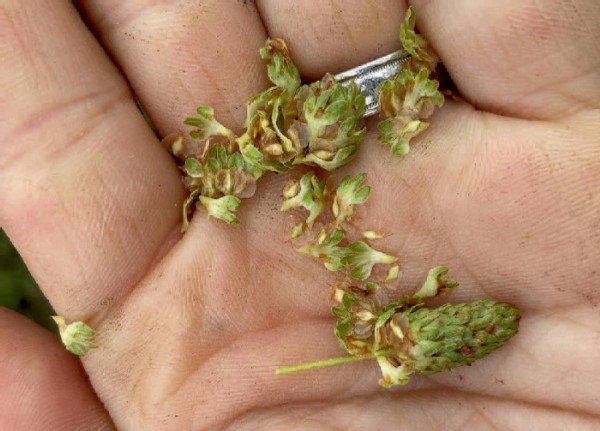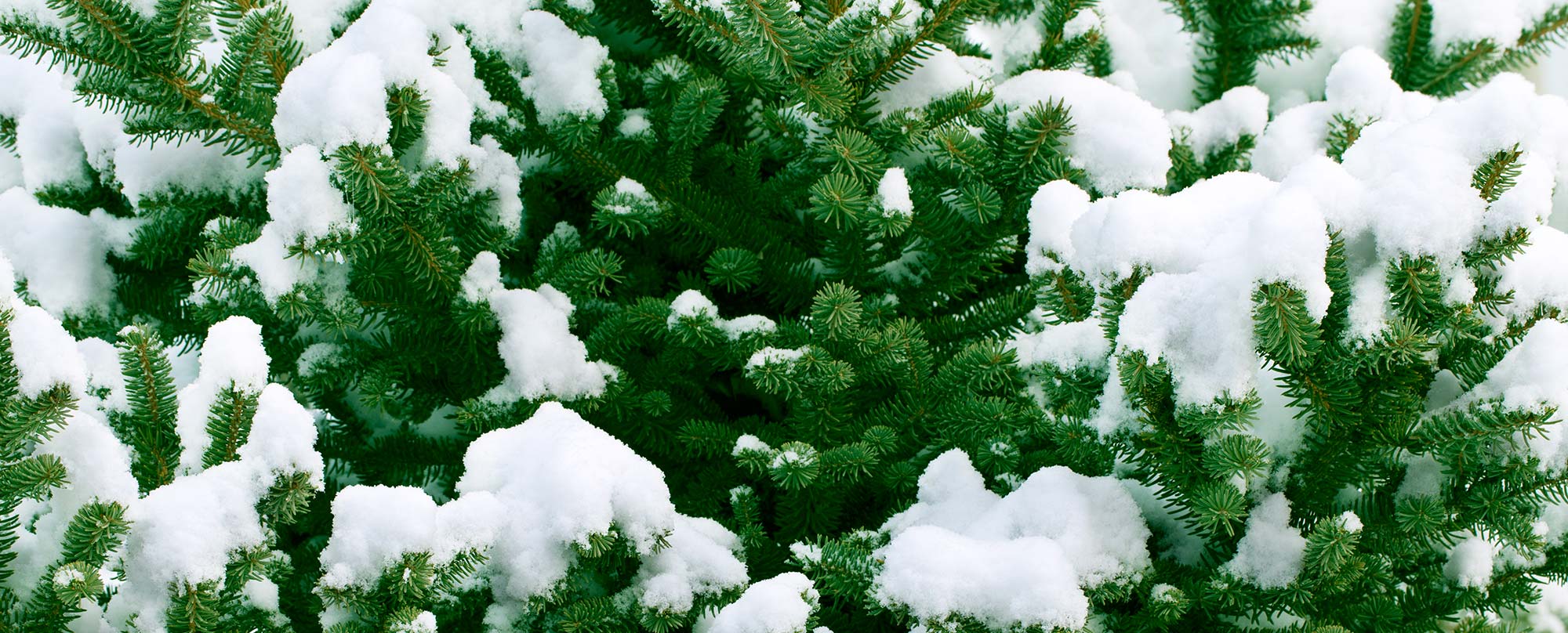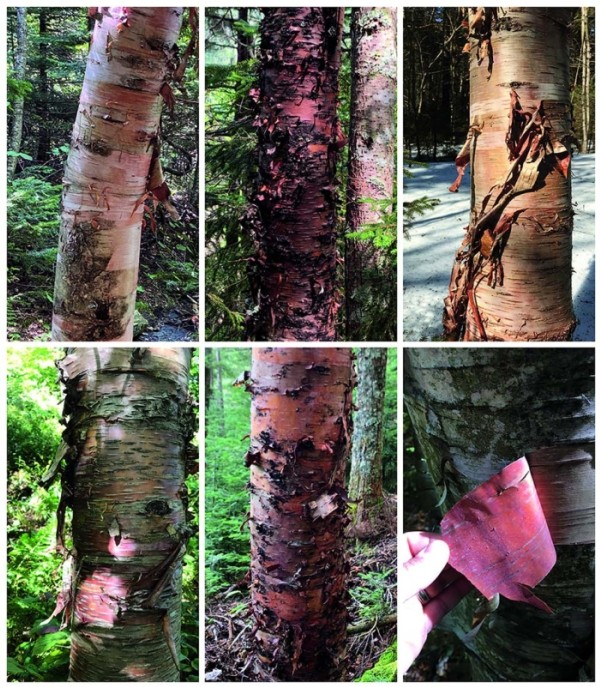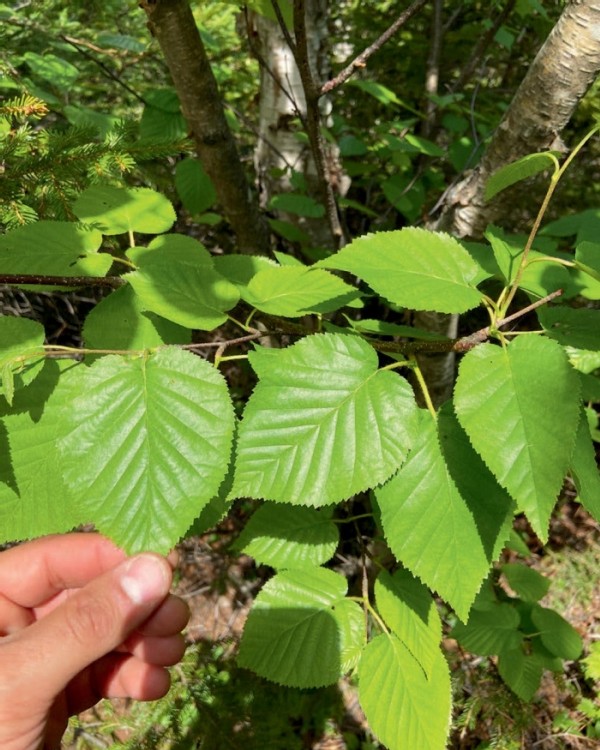
White-barked birches never fail to captivate our attention. We are acquainted with innumerable images of a blindingly white birch among some stark winter scene or a stand of snow-white trunks aglow with golden fall foliage. Such scenes have a special role in defining our sense of northern landscapes. By and large, these depict the familiar paper birch (Betula papyrifera) or, occasionally, its more homely cousin, gray birch (B. populifolia). But there is another white birch in our region, the heartleaf birch (B. cordifolia), which is equally worthy of our notice and appreciation.
Also known as mountain paper birch, heartleaf was long considered a variety of the common paper birch. But closer scrutiny, and some basic genetics work, have established heartleaf as a distinct species. Put simply, heartleaf has fewer chromosomes than paper birch. As such, the chance of cross-pollination (and hence hybridization) between the two is highly improbable, if not impossible. There are also morphological and ecological differences that separate the two trees.
As its common name suggests, the most obvious distinguishing trait of this birch is the shape of the leaves. Heartleaf has heart-shaped (cordate) leaf bases, whereas paper birch has rounded, straight (truncate), or broadly V-shaped (cuneate) bases. Heartleaf also usually has 9 to 12 veins per leaf compared to the 7 to 9 of paper birch. Occasionally the “heart” of a heartleaf might be shallow enough to make you second guess yourself, but it is generally advisable to look at several (or several dozen) leaves on a tree before settling on an ID.
One of the most fascinating features of heartleaf birch is its bark, which is exceptionally variable. Some specimens have very dark bark with heavy lenticels, more reminiscent of pin cherry than birch. Others have bark that resembles yellow birch, with an overall shininess and thin, exfoliating fringes. Many heartleaf birches present tall, straight, paper-white boles similar to paper birch. However, heartleaf bark tends to have a faint glow of pinkish orange that is particularly noticeable against a backdrop of dark conifers. This glow relates to the underbark. Beneath the papery exterior, the underside of heartleaf bark can range from deep cherry-red to rich coral-pink. Paper birch underbark is generally lighter.
Another way to distinguish heartleaf from paper and gray birch is by its female catkins. Heartleaf catkins look ragged, quite unlike the tidy catkins of paper or gray birch. This difference is due to the shape of the catkin scales. All birches have three-lobed catkin scales, with one scale below each seed in the catkin. In heartleaf birch (as in yellow birch), all three lobes are arranged upright, like someone putting up three fingers. These three lobes protrude from the catkin, giving it a shaggy appearance.
The range of heartleaf birch is much more restricted than paper birch. Paper birch grows in a wide variety of temperate and boreal forest types from New England west to Washington State and Oregon, northward through Alaska and Canada to the limit of tree growth in the taiga. Heartleaf has what’s known as an Alleghanian distribution, occurring roughly from Minnesota east to the Canadian Maritime provinces, south through New England and New York and along the Appalachian Mountain chain. There are also disjunct populations as far south as North Carolina, Tennessee, and West Virginia.
Because the range of paper birch extends well north of heartleaf, one would expect it to be the more cold-adapted species. But, curiously, the common experience in the mountains of the Northeast is to see paper birch at lower elevations and heartleaf birch at higher elevations. This transition zone occurs somewhere between 2,000 and 3,000 feet elevation, but the pattern is well established, and is how heartleaf earned its other common name, mountain paper birch. It can grow all the way up to the tree line, co-occurring in areas of patchy krummholz with the dwarf birch species of the alpine zone.
Although heartleaf is not strictly a high-elevation mountain species, any peak bagger in the Northeast has likely encountered this tree. Red spruce, balsam fir, yellow birch, and mountain-ash (both species) are its most frequent companions. Heartleaf grows throughout the White Mountains of New Hampshire, Vermont’s Green Mountains, Katahdin in Maine, and in the Catskills and Adirondacks in New York. It is also locally common at the summit of Mount Greylock in Massachusetts, the only subalpine habitat in southern New England.
Like paper birch, heartleaf is a pioneer species that colonizes open ground following intensive disturbances. Logging and wildfire are two examples of such disturbances, but landslides, blowdown, and “fir waves” are also typical of its mountain habitats. Fir waves are large, expanding zones of mortality in subalpine conifers (usually dominated by balsam fir) that begin dying from winter injury and progress outward like a wave radiating across the mountainside. Both yellow and heartleaf birches colonize slopes in the wake of landslides and fir waves. Dense regeneration of heartleaf birch can form nearly pure, even-aged stands on these sites. After a decade or two, shade-tolerant conifers will begin filling in beneath the overstory, and as the comparatively short-lived birches senesce and die (between 100 and 150 years), the conifers once again become the dominant canopy species.
Given its stronghold in the mountains, heartleaf birch is vulnerable to becoming a “sky island” species, isolated by a “sea” of warmer climatic zones and more southern forest types. At the southern edges of its range, even as close by as the Catskills and Mount Greylock, this is already the case. As the climate warms, lower elevation habitat will continue to shrink. On the other hand, changes to the timing and intensity of disturbances, such as more severe summer storms or more frequent drought events, might actually benefit heartleaf, at least in the near term. This is the knife-edge on which all disturbance-adapted species must balance: requiring disturbance to persist, but with a narrow window for success when given the opportunity.
It is important to keep in mind that the conifer-clad slopes and summits of the Northeast are also peppered with heartleaf birches. These trees are an essential and beautiful component to our subalpine forests. Conservation of these communities will become increasingly important as our northern forests experience new climatic stresses. In line with Aldo Leopold’s advice to keep “every cog and wheel,” it is critical to recognize and appreciate heartleaf as a unique entity within this matrix of spruce and fir. Noticing is the first step toward caring, and how could we ever fail to notice a white birch?




Discussion *